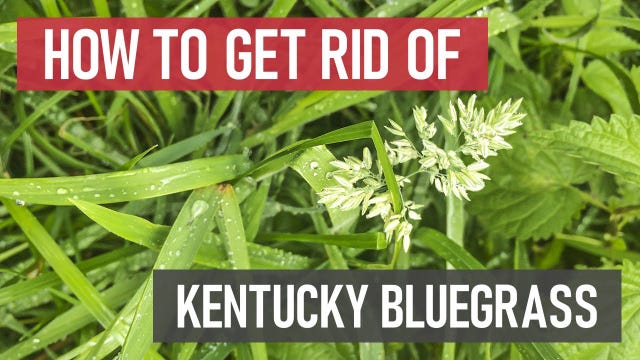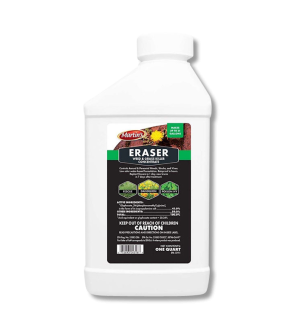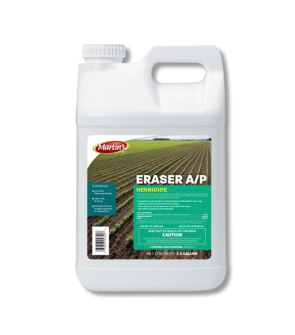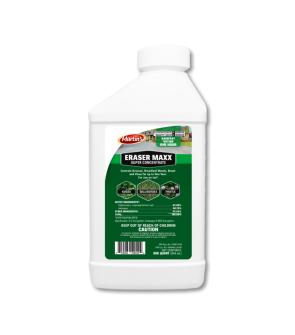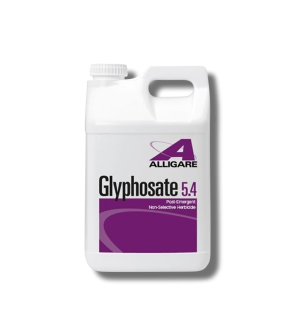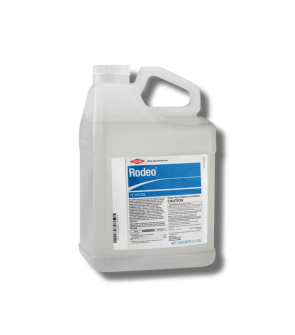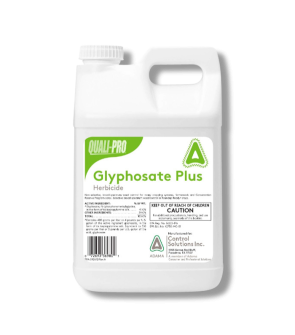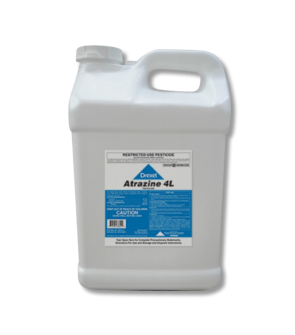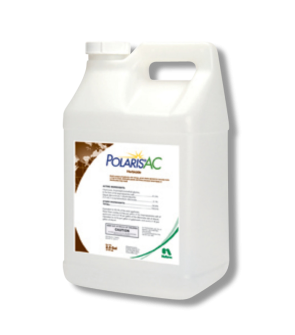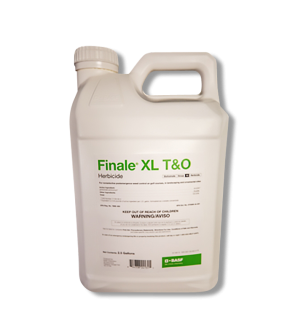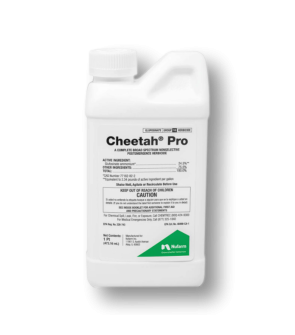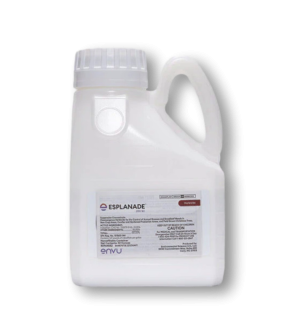Gain access to personalized product screening, the best pricing, rewards, and more!
Most Effective Products
Kentucky Bluegrass Control: How To Get Rid of Kentucky Bluegrass
This page is a general DIY guide for controlling Kentucky bluegrass. Using the recommended products and methods, you can control Kentucky bluegrass. Follow this DIY article and use the recommended products, and we guarantee 100% control of Kentucky bluegrass.
Kentucky bluegrass is a perennial, cool-season lawn grass. This means it will return year after year and grow most vigorously during the cool fall and spring seasons. Kentucky bluegrass is found predominantly in northern climates, where moderately warm summers and cold winters align with its natural preferences and growth cycle.
While Kentucky bluegrass has Kentucky in its name, this versatile and popular turfgrass was originally discovered in Europe and northern Asia. The grass was first introduced to the US as a pasture grass in states like Kentucky, hence why it earned its name. The grass is commonly known by the initials KBG and has risen in popularity over the years as an ideal grass type for residential and commercial landscapes because of its dark green color and beauty.
Even though it is a cool-season grass, KBG is versatile enough to thrive and survive in warmer conditions. It's not unusual to find Kentucky bluegrass growing in lawns in the West and Southwest of the country if they receive a lot of sun and the soil is exceptionally moist.
If you see Kentucky bluegrass on your lawn and want it gone, you can successfully remove it with the help of our DIY treatment guide. Our lawn care experts have compiled this guide to show you exactly what you need to remove it for good. Follow our step-by-step instructions below and use our recommended products to eliminate KBG quickly and affordably.
Identification
Before proceeding with a treatment program, you must be certain you are dealing with a Kentucky bluegrass infestation. Careless identification can lead to using the wrong treatment methods, which can be a waste of time and money. Below are the following characteristics to help you understand what Kentucky bluegrass looks like.

- Kentucky bluegrass is a perennial cool-seasoned grass that grows in clumps up to 18 to 24 inches tall when unmowed. When uncut, the stems will grow 1 to 2 feet in height.
- This plant features a deep emerald to blue-green coloration and fine parallel-shaped leaf blades that reach 6 inches long and up to 3 millimeters wide. Each blade has a curved tip.
- When this plant flowers, the inflorescence starts as several spikelets that eventually take on a pyramid-like panicle shape.
- From late spring to summer, the shoots of Kentucky bluegrass will become erect, whereas in the early spring and fall, they will become more reclined to the ground.
Use our description and image above to help you identify Kentucky bluegrass on your lawn. If you are having trouble identifying your weed, contact us, and we will properly identify the plant for you and give you product recommendations for control.
Inspection
Once you are confirmed that you are dealing with Kentucky bluegrass, you can move on to inspection. During this phase, you will locate areas where Kentucky bluegrass is thriving and observe the conditions that allow it to thrive. This information will help you know where to focus your herbicide application.

Where to Inspect
Kentucky bluegrass is found throughout the United States of America in areas with cool, moist weather and well-drained soils with a pH between 6 and 7.
This weed is commonly found in lawns, athletic fields, golf courses, pastures, meadows, open woods, rangelands, hay fields, roadsides, waste areas, and disturbed sites.
What To Look For
When inspecting lawns, be sure to look out for discolored patches of turf that don’t match your desired turf cover.
This plant flowers from April to October, so look for inflorescences.
Treatment
Before chemical application, make sure to equip yourself with the proper personal protective equipment (glasses, gloves, and particle mask) for your safety.
Post-emergent herbicides such as Eraser 41% Glyphosate will help to remove Kentucky bluegrass due to its non-selective formulation.
Remember that this will kill all vegetation it comes into contact with. To avoid unwanted drift, you can place a barrier, such as a cardboard box, between the weed and the desired vegetation.
Step 1: Mix and Apply Eraser 41% Glyphosate
 Determine how much Eraser 41% Glyphosate to use by measuring the square footage of the treatment area. To do this, measure the length and width of the treatment area in feet, then multiply them together.
Determine how much Eraser 41% Glyphosate to use by measuring the square footage of the treatment area. To do this, measure the length and width of the treatment area in feet, then multiply them together.
For spot applications with Eraser 41% Glyphosate, use 2 1/2 oz. (5 tbs) of product in 1 gallon of water to treat an area of approximately 300 sq. ft.
Mix and apply this product with a handheld pump sprayer. Be sure to mark this sprayer for Non-Selective Herbicide Use Only to prevent cross-contamination in the future.
Fill the sprayer tank with half the water, add the measured amount of Eraser 41% Glyphosate, and pour in the remaining half of water. Close the tank lid and shake until evenly mixed.
Once mixed, spray the top and bottom of the weed leaves until wet but not to the point of runoff.
Step 2: Reapply if Needed

Kentucky bluegrass treated with Eraser 41% Glyphosate will die off within 2 to 4 days, but it may take 1 to 2 weeks for complete death.
If you are still encountering this weed, a second application can be made four weeks after the previous one.
If you spray Kentucky Bluegrass in turf, the surrounding grass may be injured and need to be reseeded.
Prevention
Once Kentucky bluegrass has been eliminated from your property, you will need to implement preventative measures to ensure that it does not return.
- Promote the health of your turf to reduce the conducive conditions that allow weeds and disease to take hold.
- Mow your grass at proper intervals to maintain a thick growing density. A lawn dense with taller trimmed grass can better choke out weeds and prevent them from establishing.
- Reduce the shade cast on your lawn by trimming overgrown shrubbery and tree branches, raking away leaf litter and picking up any debris, and employing a proper watering schedule to provide the local grass with enough water to strengthen its roots but not so much that it encourages weeds. Many grasses require 1 inch of water every week. Apply the water all at once in the morning so it has time to seep into the ground without evaporating in the sun.
Key Takeaways
What is Kentucky Bluegrass?
- Kentucky bluegrass is a popular cool-season grass that can take over where it's not wanted, and once established, it can be very hard to remove.
How to Get Rid of Kentucky Bluegrass
- We recommend either using a post-emergent treatment of Eraser 41% Glyphosate.
Preventing Kentucky Bluegrass Reinfestations
- To prevent a return of Kentucky bluegrass, practice cultural methods of control (water infrequently, mow grass low).






